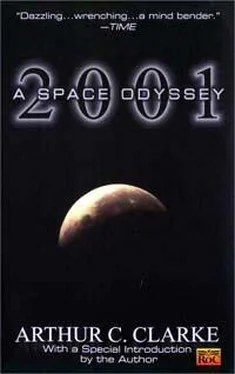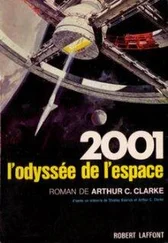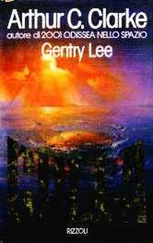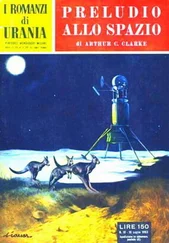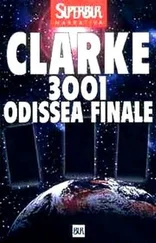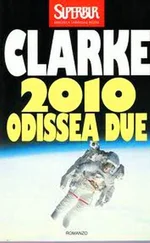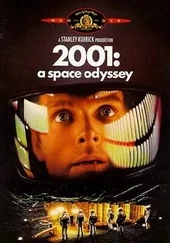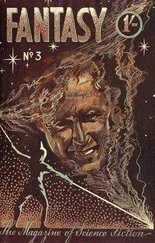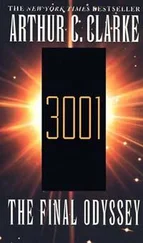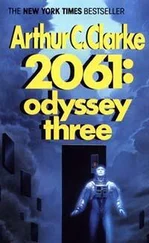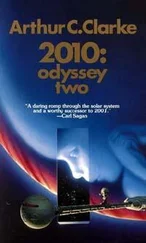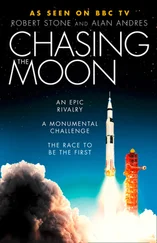"My colleagues and I, Dr. Floyd, will stake our reputations on this. TMA-l has nothing to do with the Chinese. Indeed, it has nothing to do with the human race – for when it was buried, there were no humans.
"You see, it is approximately three million years old. What you are now looking at is the first evidence of intelligent life beyond the Earth."
12 – Journey by Earthlight
MACRO-CRATER PROVINCE: Extends S from near center of visible face of moon, E of Central Crater Province. Densely pocked with impact craters; many large, and including the largest on moon; in N some craters fractured from impact forming Mare Imbrium. Rough surfaces almost everywhere, except for some crater bottoms. Most surfaces in slopes, mostly 10° to 12°; some crater bottoms nearly level.
LANDING AND MOVEMENT: landing generally difficult because of rough, sloping surfaces; less difficult in some level crater bottoms. Movement possible almost everywhere but route selection required; less difficult on some level crater bottoms.
CONSTRUCTION: Generally moderately difficult because of slope, and numerous large blocks in loose material; excavation of lava difficult in some crater bottoms.
TYCHO: Post-Maria crater, 54 miles diameter, rim 7,900 feet above surroundings; bottom 12,000 feet deep; has the most prominent ray system on the moon, some rays extending more than 500 miles.
(Extract from "Engineer Special Study of the Surface of the Moon," Office, Chief of Engineers, Department of the Army. U.S. Geological Survey, Washington, 1961.)
The mobile lab now rolling across the crater plain at fifty miles an hour looked rather like an outsized trailer mounted on eight flex-wheels. But it was very much more than this; it was a self-contained base in which twenty men could live and work for several weeks. Indeed, it was virtually a landgoing spaceship – and in an emergency it could even fly. If it came to a crevasse or canyon which was too large to detour, and too steep to enter, it could hop across the obstacle on its four underjets.
As he peered out of the window, Floyd could see stretching ahead of him a well-defined trail, where dozens of vehicles had left a hard-packed band in the friable surface of the Moon. At regular intervals along the track were tall, slender rods, each carrying a flashing light. No one could possibly get lost on the 200-mile journey from Clavius Base to TMA-1, even though it was still night and the sun would not rise for several hours.
The stars overhead were only a little brighter, or more numerous, than on a clear night from the high plateaus of New Mexico or Colorado. But there were two things in that coal-black sky that destroyed any illusion of Earth.
The first was Earth itself – a blazing beacon hanging above the northern horizon. The light pouring down from that giant half-globe was dozens of times more brilliant than the full moon, and it covered all this land with a cold, blue-green phosphorescence.
The second celestial apparition was a faintt, pearly cone of light slanting up the eastern sky. It became brighter and brighter toward the horizon, hinting of great fires just concealed below the edge of the Moon.
Here was a pale glory that no man had ever seen from Earth, save during the few moments of a total eclipse. It was the corona, harbinger of the lunar dawn, giving notice that before long the sun would smite this sleeping land.
As he sat with Halvorsen and Michaels in the forward observation lounge, immediately beneath the driver's position, Floyd found his thoughts turning again and again to the three-million-year-wide gulf that had just opened up before him. Like all scientifically literate men, he was used to considering far longer periods of time – but they had concerned only the movements of stars and the slow cycles of the inanimate universe. Mind or intelligence had not been involved; those eons were empty of all that touched the emotions.
Three million years! The infinitely crowded panorama of written history, with its empires and its kings, its triumphs and its tragedies, covered barely one thousandth of this appalling span of time. Not only Man himself, but most of the animals now alive on Earth, did not even exist when this black enigma was so carefully buried here, in the most brilliant and most spectacular of all the craters of the Moon.
That it had been buried, and quite deliberately, Dr. Michaels was absolutely sure. "At first," he explained, "I rather hoped it might mark the site of some underground structure, but our latest excavations have eliminated that. It's sitting on a wide platform of the same
black material, with undisturbed rock beneath it. The – creatures – who designed it wanted to make sure it stayed put, barring major moonquakes. They were building for eternity."
There was triumph, and yet sadness, in Michaels' voice, and Floyd could share both emotions. At last, one of man's oldest questions had been answered; here was the proof, beyond all shadow of doubt, that his was not the only intelligence that the universe had brought forth. But with that knowledge there came again an aching awareness of the immensity of Time. Whatever had passed this way had missed mankind by a hundred thousand generations. Perhaps, Floyd told himself, it was just as well. And yet – what we might have learned from creatures who could cross space, while our ancestors were still living in trees!
A few hundred yards ahead, a signpost was coming up over the Moon's strangely close horizon. At its base was a tent-shaped structure covered with shining silver foil, obviously for protection against the fierce heat of day. As the bus rolled by, Floyd was able to read in the brilliant earthlight:
EMERGENCY DEPOT No. 3
20 Kilos Lox
10 Kilos Water
20 Foodpaks Mk 4
1 Toolkit Type B
1 Suit Repair Outfit
! TELEPHONE !
"Have you thought of that?" asked Floyd, pointing out of the window. "Suppose the thing's a supply cache, left behind by an expedition that never returned?"
"It's a possibility," admitted Michaels. "That magnetic field certainly labeled its position, so that it could be easily found. But it's rather small – it couldn't hold much in the way of supplies."
"Why not?" interjected Halvorsen. "Who knows bow big they were? Perhaps they were only six inches tall, which would make the thing twenty or thirty stories high."
Michaels shook his head. "Out of the question," he protested. "You can't have very small, intelligent creatures; you need a minimum brain size."
Michaels and Halvorsen, Floyd had noticed, usually took opposing viewpoints, yet there appeared to be little personal hostility or friction between them. They seemed to respect each other, and simply agreed to disagree.
There was certainly little agreement anywhere about the nature of TMA-1 – or the Tycho Monolith, as some preferred to call it, retaining part of the abbreviation.
In the six hours since he had landed on the Moon, Floyd had heard a dozen theories, but had committed himself to none. Shrine, survey marker, tomb, geophysical instrument – these were perhaps the favorite suggestions, and some of the protagonists grew very heated in their defense. A good many bets had-already been placed, and a lot of money would change hands when the truth was finally known – if, indeed, it ever was. So far, the hard black material of the slab had resisted all the rather mild attempts that Michaels and his colleagues had made to obtain samples. They had no doubt that a laser beam would cut into it – for, surely, nothing could resist that frightful concentration of energy – but the decision to employ such violent measures would be left to Floyd. He had already decided that X rays, sonic probes, neutron beams, and all other nondestructive means of investigation would be brought into play before he called up the heavy artillery of the laser. It was the mark of a barbarian to destroy something one could not understand; but perhaps men were barbarians, beside the creatures who had made this thing.
Читать дальше
